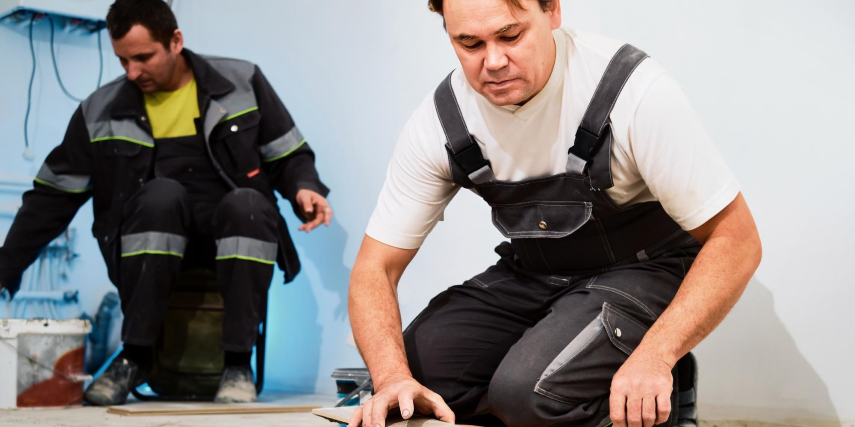Tiling is one of the most transformative aspects of any bathroom renovation. It not only defines the visual appeal of your space but also plays a critical role in moisture protection and longevity. However, bathroom tiling is not as simple as picking a tile and sticking it on a wall—there are several common pitfalls that can undermine your entire renovation. Keep reading to explore some of the most frequent bathroom tiling mistakes and how you can avoid them for a flawless finish.
Skipping Surface Preparation
One of the most overlooked steps in bathroom tiling is proper surface preparation. Uneven, dirty, or damp surfaces can lead to poor adhesion, resulting in tiles that shift, crack, or fall off over time. Always ensure your substrate is level, clean, dry, and primed before laying the first tile. If you’re unsure about whether your bathroom walls or floors are ready for tiling, professionals like Tile Solution Australia can provide expert advice and services tailored to your project’s needs.
Poor Tile Layout Planning
Lack of planning often leads to awkward tile cuts and unsightly grout lines. Always plan your layout before beginning installation. Consider focal points, symmetry, and how the tiles will align around fixtures like the vanity, toilet, and shower niche. A dry layout (laying tiles out without adhesive) can help visualise the finished look and reduce costly errors.
Choosing the Wrong Tile for the Job
Not all tiles are created equal. Using wall tiles on the floor—or tiles with poor slip resistance in a wet area—can be both dangerous and non-compliant. Ensure the tile’s slip rating and durability meet the standards for bathroom use. Porcelain tiles are often recommended for high-moisture areas due to their density and water resistance.
Incorrect Waterproofing
Waterproofing is not optional—it’s a legal requirement in Australian bathrooms. Failing to apply waterproofing membranes correctly can lead to extensive water damage behind your walls and under your flooring. Always use a certified waterproofer and allow the membrane to cure fully before tiling begins.
Uneven Grout Lines
Inconsistent grout lines not only look messy but can also weaken the tile structure. Using tile spacers during installation ensures even spacing. When it comes to grout, opt for high-quality products designed to resist mould and staining, especially in wet areas. Also, don’t rush the process—allow enough time for grout to set before sealing or cleaning.
Neglecting Expansion Joints
Tiling right up to the wall without accounting for movement can cause tiles to crack or pop over time. Expansion joints are essential, especially in bathrooms where temperature and humidity fluctuate. Silicone sealant can be used along edges to absorb movement without compromising the structure.
DIY Without the Right Tools or Knowledge
While many home renovators are eager to take on bathroom tiling themselves, this can backfire without the right tools, techniques, or experience. Tiling requires precision, and even small errors can lead to expensive fixes later. If you’re tackling a DIY project, educate yourself thoroughly—or better yet, consider enlisting a professional.
Avoiding these common tiling mistakes can save you time, money, and headaches during your bathroom renovation
From proper surface preparation to careful tile selection and professional installation techniques, getting it right the first time ensures your bathroom will look great and perform well for years to come. Need help with your bathroom tiling project? Get in touch with a professional who understands Australian standards and design trends—because every detail counts.

